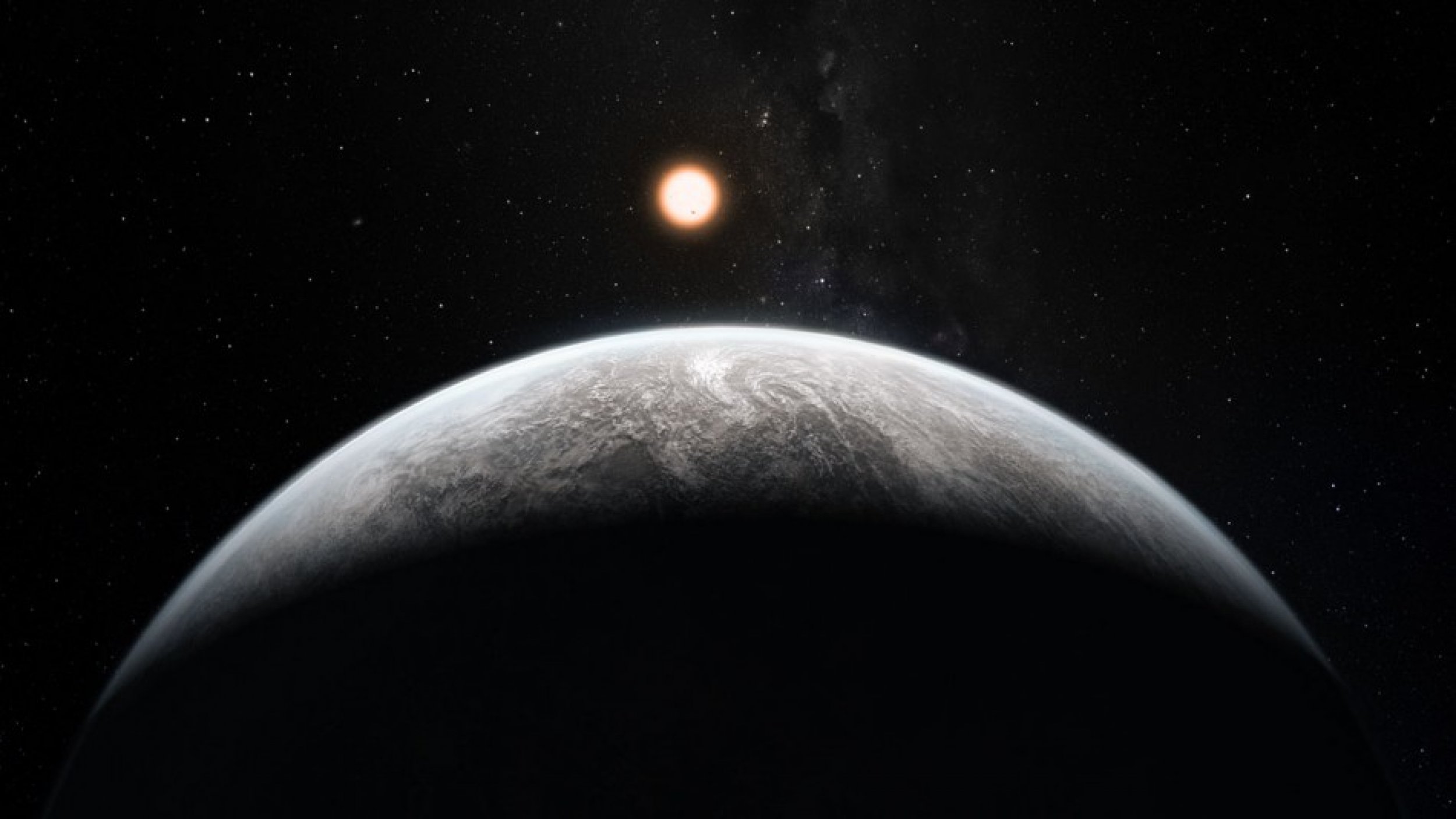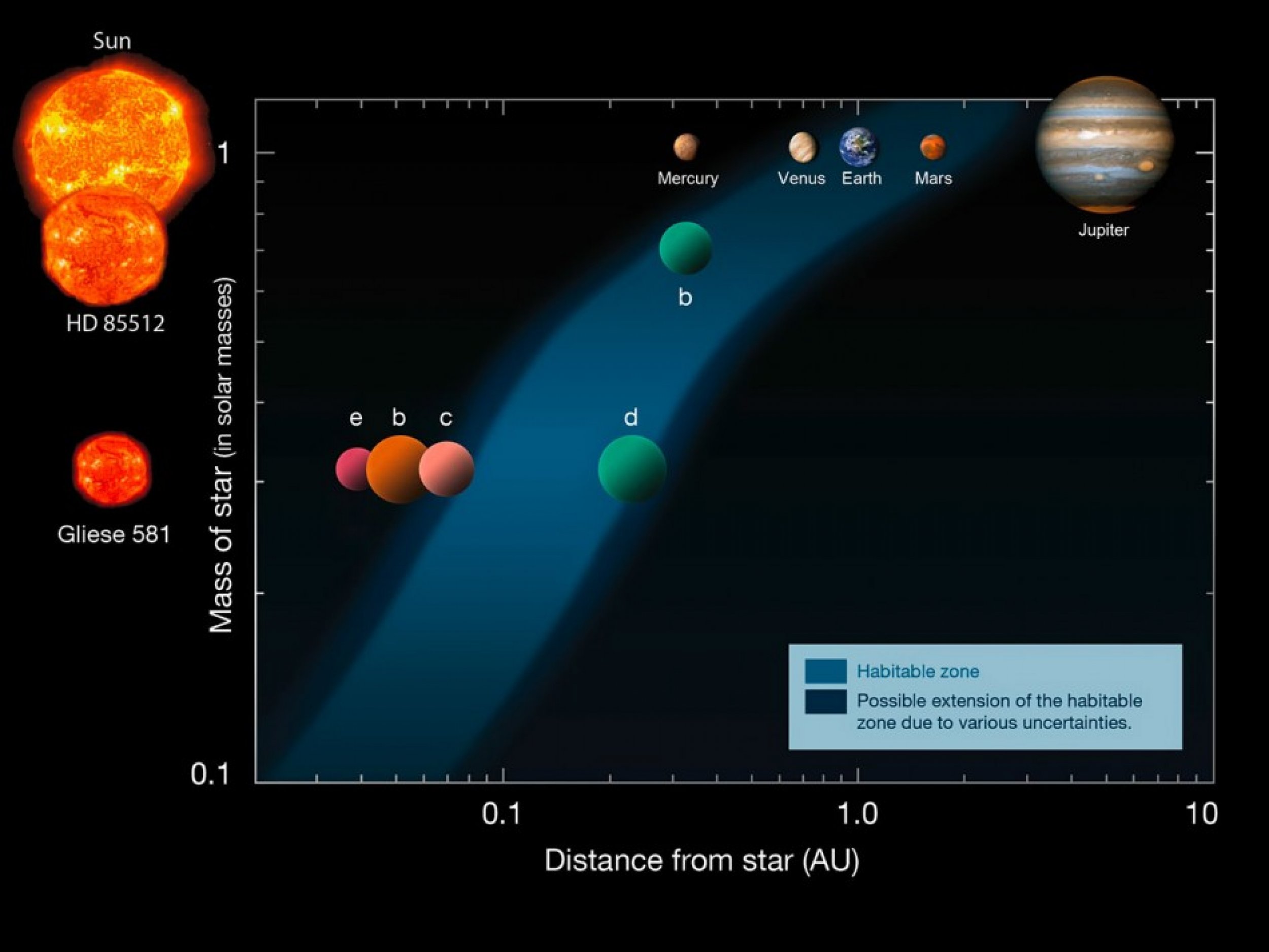Scientists Find 50 New Exoplanets, Including 16 'Super-Earths' (PHOTOS, VIDEO)
Astronomers have discovered 50 new distant planets, including one that could be habitable.
An extrasolar planet, or exoplanet, is a planet outside the solar system. As of last week, 605 extra-solar planets in 508 systems had been identified. The recent findings boost the tally to 645.
The latest discovery, which includes 16 super-Earths, is the largest number of such planets ever announced at one time. A super-Earth is an extrasolar planet with a mass higher than Earth, but substantially below the mass of the solar system's gas giants Jupiter and Saturn.
Astronomers said about 40 percent of stars similar to the sun have at least one planet lighter than Saturn.
Scientists discovered the new planets with the help of High Accuracy Radial Velocity Planet Searcher, also known as The Planet Hunter, at the European Southern Observatory's location in La Silla, Chile.
The harvest of discoveries from HARPS has exceeded all expectations and includes an exceptionally rich population of super-Earths and Neptune-type planets hosted by stars very similar to our sun. And even better, the new results show that the pace of discovery is accelerating, said Michel Mayor, who led the team of researchers.
Among the new planets, HD85512b deserves special mention as it may be the best planet to explore life on space. The planet, which is only 3.6 times the mass of the Earth, is located at the edge of the habitable zone -- a narrow zone around a star in which water may be present in liquid form if conditions are right.
This is the lowest-mass confirmed planet discovered by the radial velocity method that potentially lies in the habitable zone of its star, and the second low-mass planet discovered by HARPS inside the habitable zone, said Lisa Kaltenegger, an astronomer with Max Planck Institute for Astronomy, Heidelberg, Germany.
The planet closely circles a star about 36 light years from Earth in the constellation Vela. Scientists believe there is a slim possibility that it occupies the so-called Goldilocks zone, a term used to refer to planets that are neither too hot nor too cold to support liquid water.
HD85512b is the second planet discovered outside the solar system that could potentially support terrestrial life. The first one, called Gliese581d, was discovered in 2007.
In the coming 10 to 20 years we should have the first list of potentially habitable planets in the sun's neighborhood. Making such a list is essential before future experiments can search for possible spectroscopic signatures of life in the exoplanet atmospheres, concluded Mayor, who discovered the first exoplanet around a normal star in 1995.
Following is the video explaning the discovery of 50 new exoplanets:
Here are some pictures of HD85512b:





© Copyright IBTimes 2025. All rights reserved.





















